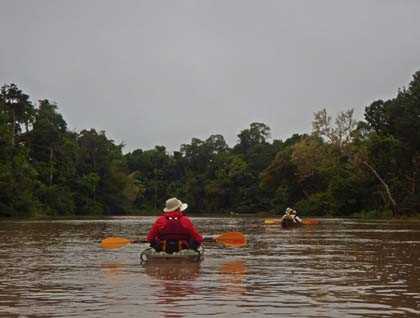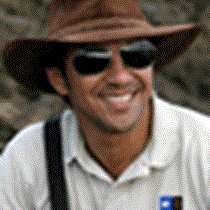One of Peru’s first official conservation areas was the Pacaya and Samiria Reserve. This area was originally protected to manage the populations of paiche fish, one of the biggest and most delicious freshwater fish in the world. That was back in 1940, and since then, Peru has been able to create and successfully protect another 24 parks and reserves.
Today, on our last full day of our expedition in the Pacaya and Samiria Reserve, we feel privileged to have touched one of the most beautiful protected areas in the Amazon region. Its ecology, flora, and fauna have captivated us for more than six days now, and it will continue to do so until we leave.
Our morning visit to Supay Caño allowed us once more to be part of the complex ecosystem of the varzea forest, an area than only a few privileged people are able to access, as it is completely immersed in water for more than nine months of the year.
It was here that our everyday companions, the squirrel monkeys, made their daily appearance, just as if it was part of a scheduled visit. But of course we know that in wildlife areas like this, we are bonded to luck and to the expert searching skills of our local staff and crew.
It was also great that a group of our guests enjoyed the forest in a different way than from aboard the skiffs—our early morning kayaking experience was a total success. With literally no engine noise, we observed the birds crossing back and forth from one side to the river to the other, as if we were not there. Our quiet “drifting” along the river allowed us to blend so well that we must have been invisible to the birds.
As for our afternoon we decided to explore Cedro Caño, a tributary that gave us great birding surrounded by phenomenal landscapes. Several species of birds, such as the plum-throated Cotinga, slate-colored hawks, and several species of woodpeckers appeared along the way. At some point, after our hunger for birding and wildlife was satisfied, we decided to put aside binoculars and cameras, as one should not forget that our naked eyes will be the ones capturing the real imagery that will be in our memories for the rest of our lives.







